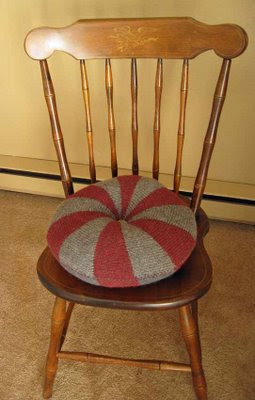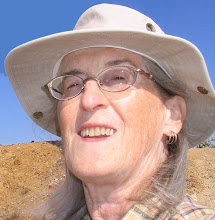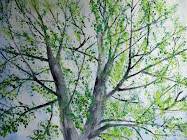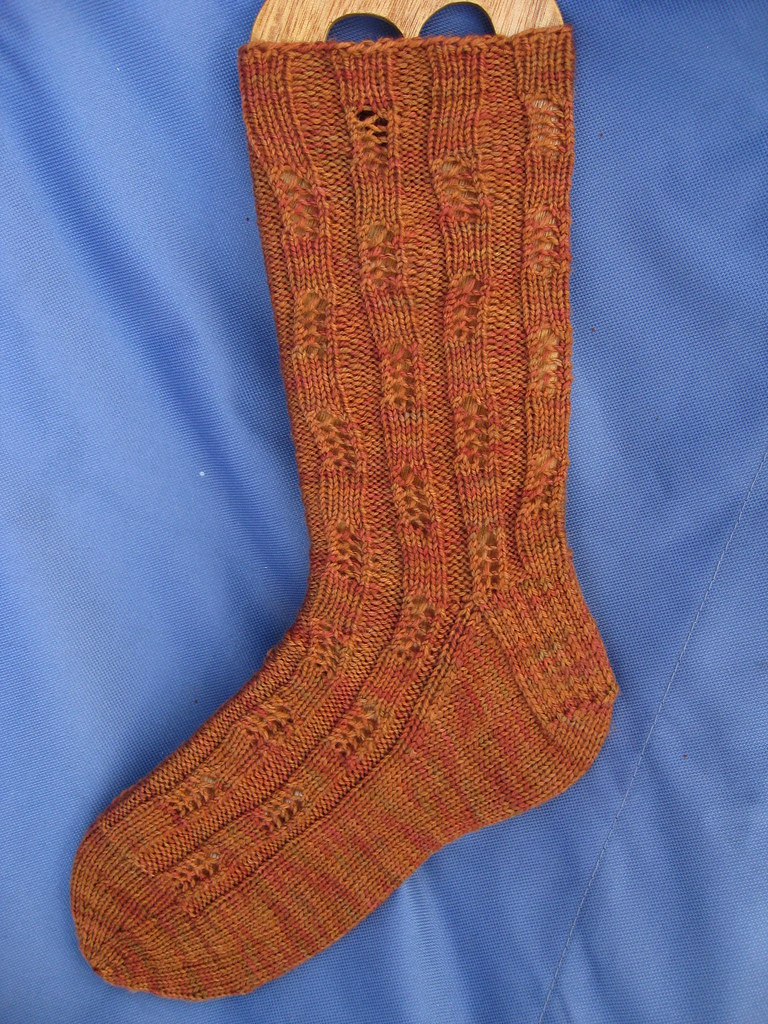I've been eager to start my next lace shawl, because this is the first with actual "laceweight" yarn. (Y'know that skinny stuff you can barely see?) I'm using some Fiddlesticks Zephyr Wool-Silk that I purchased back in February as a happy-birthday-to-me present. The color is "Basil," and it's one of those shades that are near impossible to capture well with a digital camera.
Deciding on a pattern took a good long while. My Ravelry queue is bursting with wonderful designs for triangular shawls, but I wanted this one to be a stole. So, of course, I had to peruse every single stole pattern in existence. (In the process, I turned up more nifty triangles too. The queue needs to go on a diet.) The final choice was the Celtic Knot Stole.
One of the delightful features of this pattern – aside from its beauty – is that it forced me to learn a new technique. I've seen the words "invisible cast on" mentioned here and there, but never understood how to do it or why one might use it. Fortunately one of the Ravelers who knit this shawl included a link to a how-to video in her comments. Blessings upon her.
Even with the video it took five or six tries to get it right. There's this little mantra you recite – "in front, behind; behind, behind." Sound familiar? The difficulty arose when attempting to get from the end of the mantra back to the beginning. But eventually I figured it out. Instead of waste yarn, I'm using a cable from my Knitpicks Harmony set so that I can attach a needle point and proceed directly to knit in the opposite direction when the time comes.
I attached some blue yarn and knit the stitches from the cable. It should be no surprise that following the directions produced the desired result. Still, there's a slight aura of magic. It works! It actually works! The directions do mention that every other stitch on the cable will be twisted, and this is true. One merely knits the twisted stitches through the back loop and all is well.
With this successful experiment behind me (kindly note that the number of stitches of each color is the same – a huge accomplishment), I cast on with the Fiddlesticks. Before proceeding any further I counted the number of stitches on the cable THREE times to verify that it was the same as the number on the needle. Yay!
This next pic is about 10 rows into the knitting. Amazing how the laceweight scrunches up to almost nothing. No problem fitting it all onto the needle.
I'm toying with the idea of knitting the first border quite soon, perhaps after I've settled into the pattern. It seems preferable to having that cable dangling off the end the whole time I'm knitting the stole.


















